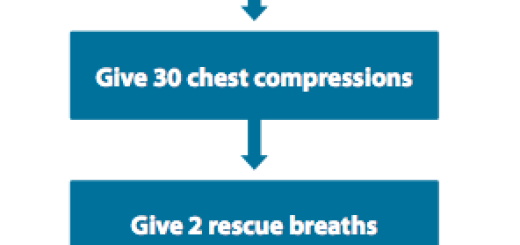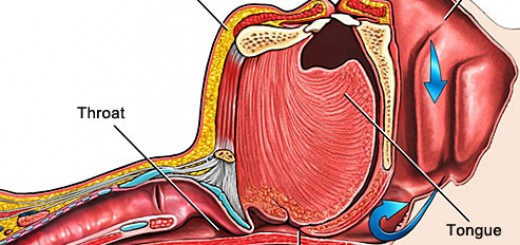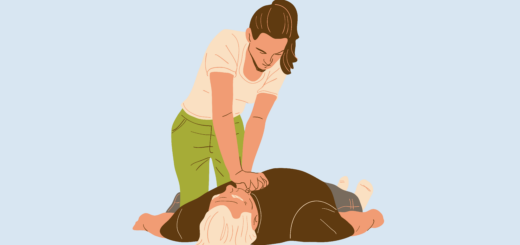A guide to shock for first aiders
What is shock?
A lack of oxygen and essential nutrients reaching the tissues
Shock is a medical emergency which can be caused by severe blood loss. The casualty does not receive enough oxygen and other essential nutrients due to the loss of blood. Remember that blood is the major transport mechanism in the body. If you’ve lost half your blood volume (and its on the floor in a puddle) then that blood isn’t available to transport oxygen and nutrients to your tissues. In addition the blood isn’t available to transport harmful waste products so these can build up.
How to recognise shock
Signs & symptoms of shock include:
- Pale, cold and clammy skin
- Confusion
- Drowsiness (reducing level of consciousness)
- Fast, weak pulse
- Fast, shallow breathing
If a casualty has lost a lot of blood, you should be looking for signs and symptoms of shock.
First aid treatment for shock
If you suspect a casualty is suffering from shock then you should:
- Control any blood loss (think PEEP from the last unit)
- Lie the casualty down and raise their legs if possible
- Cover the casualty with a coat or blanket to keep them warm
- Call for emergency medical help
Do not give the casualty anything to eat or drink! Stay with them until medical help arrives. If the casualty becomes unconscious / unresponsive then you should place them into the recovery position. If they stop breathing normally then commence CPR
Video: First aid for shock
Want to learn more about first aid? Have a go at one of our free online first aid courses.






What to do if a person goes into cardiac arrest or faces some other severity?